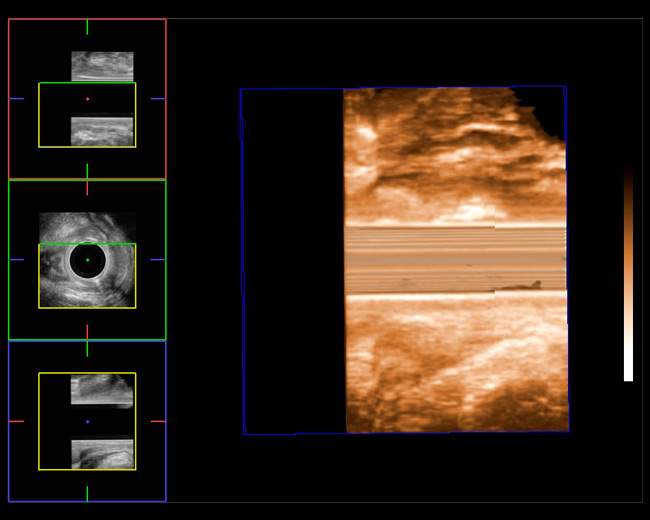Pelvic Organ Prolapse & Levator Ani Muscles
Pelvic floor ultrasound allows visualization of prolapse in real time.
Pelvic Organ Prolapse
Levator Ani muscle injury occurs in 3 of 10 vaginal deliveries, often resulting in pelvic organ prolapse and/or incontinence.
Pelvic floor ultrasound allows visualization of the position and morphology of the pelvic floor organs and observation of the pelvic organ prolapse in real time. It also provides analysis and quantifying of the degree of the levator ani muscle injury.

Levator Ani Muscles
The Catalyst Ultrasound System offers both Transvaginal and Transperineal/Translabial approaches for a complete examination of the levator ani muscles.
Cine/Video File
Our 3D Endovaginal probe allows for a thorough examination and exacting location of the muscle defect.
Ultrasound Probes
Halo ultrasound probes are designed to identify anal fistula.










